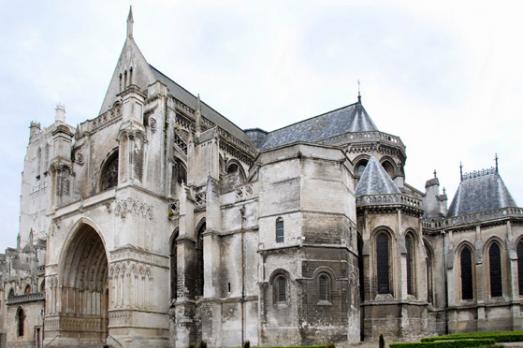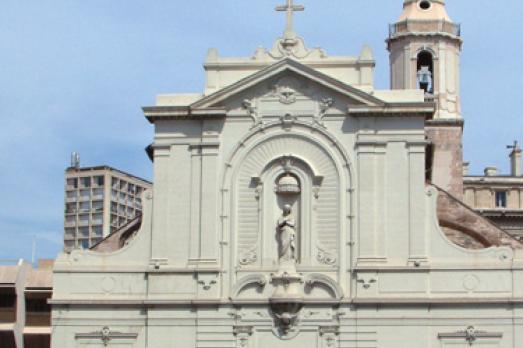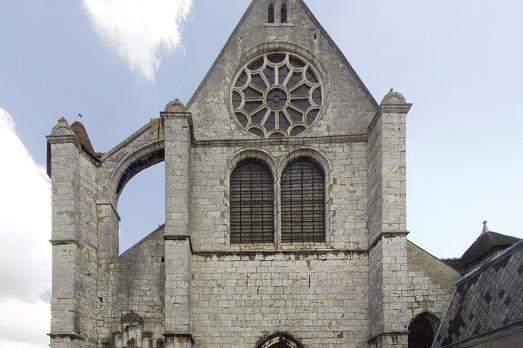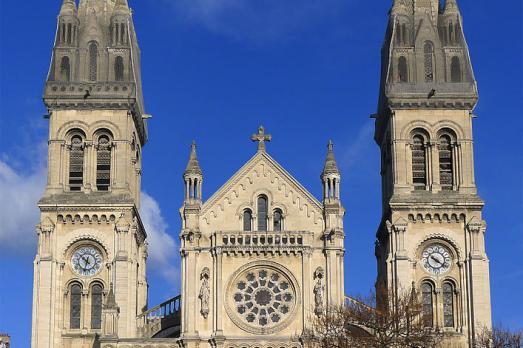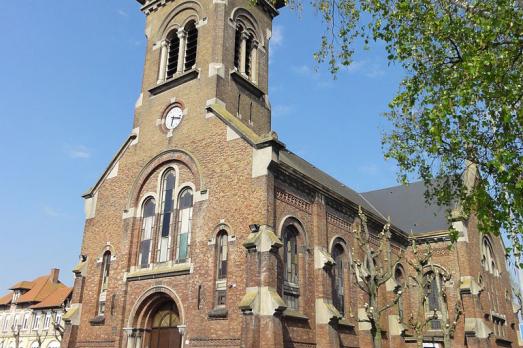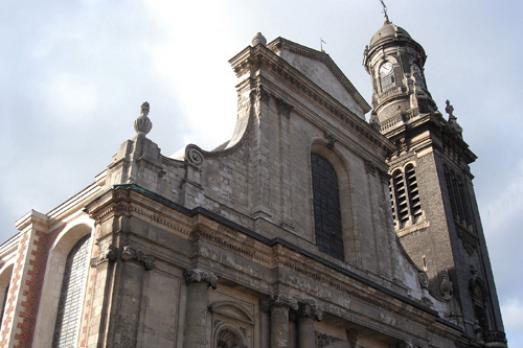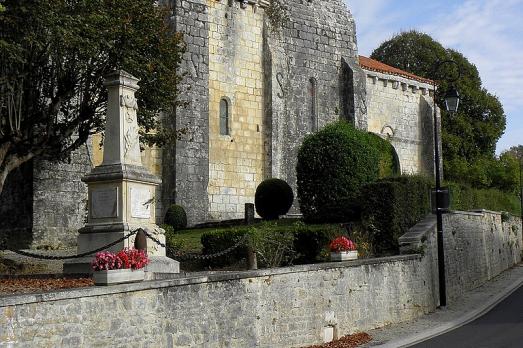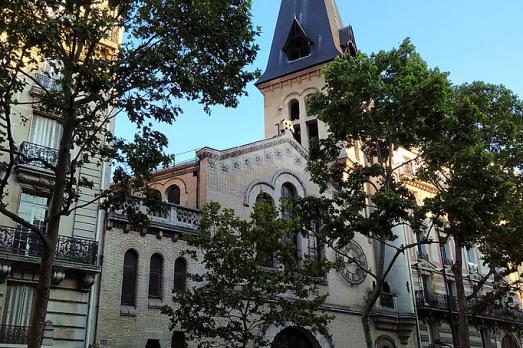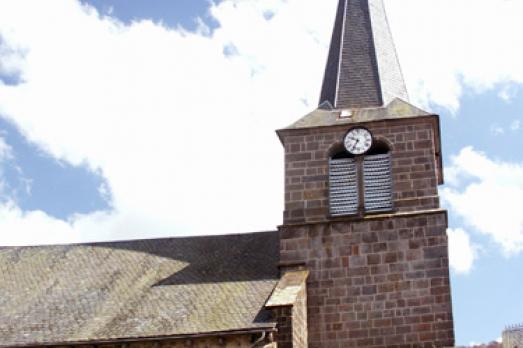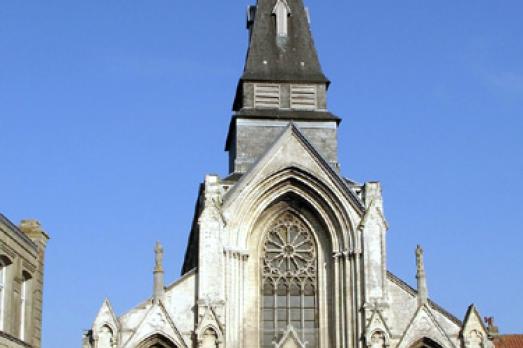
Immaculée-Conception de Saint-Omer Church
SAINT-OMER, FR
As early as 1825, the parishioners of Haut-Pont claimed a church to meet the growing influx of faithful. The architect from Lille, Charles Leroy, had his plan imposed and laid the first stone on 4 October 1854 and the church was inaugurated on 8 October 1859, even though it was not completely finished by that date (end of around 1879).
